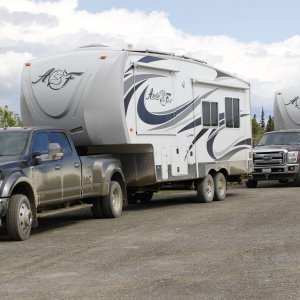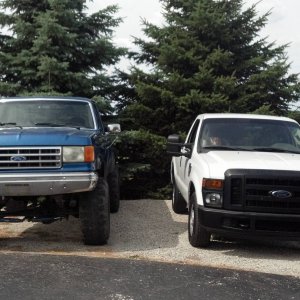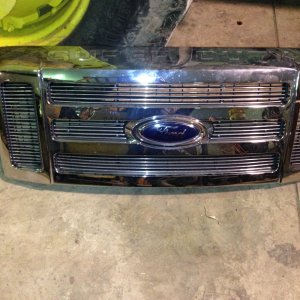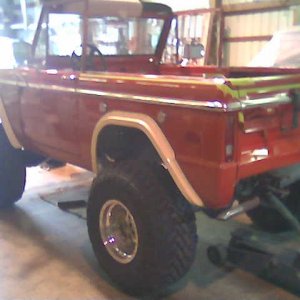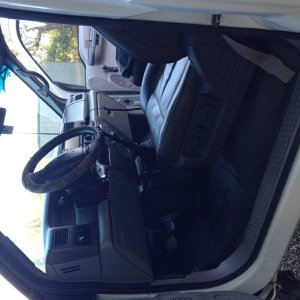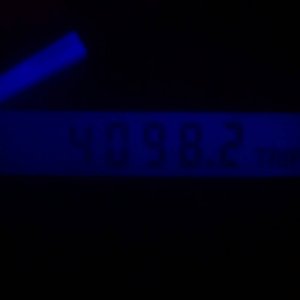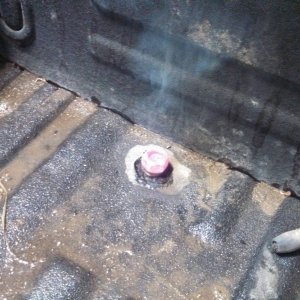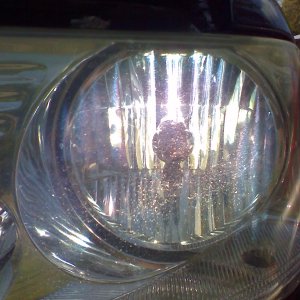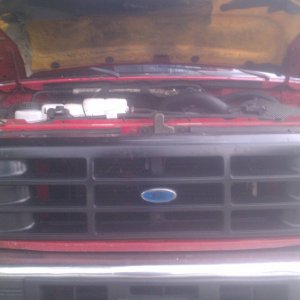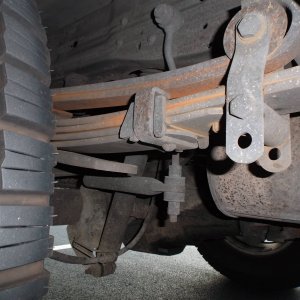Ok so I've been playing with this valve seat area and PSI and how to calculate it.
First of all, I was completely wrong on the PSI subject. I was applying the Force per unit Area formula ( F/A = P ) incorrectly as 09Stroker tried to tell me several times. Per being the key as he stated, and the reason I made the mistake is irrelevant and dumb really, I made it and that's that, but as I was looking through calculations and saw it, rest assured I got a bit red in the face. Yea, I feel really cool right now. My apologies to those who were trying to wake me up while I dozing at the calculator.
I was correct in how to calculate the area of the valve being affected by boost. There is a formula that calculates the force applied to a radius or angles using vectors and it definitely diminishes as the angle increases past a certain point until it reaches 90* where it becomes 0. I have arranged to meet with my future son in law who is an experimental physicist and works for an aerospace company so he can check my work and help me make actual calculations using an intake valve from a 7.3 head and possibly make a graph based on varying PSI in the intake tract. Maybe Doug or someone else can find this useful when selecting springs.
Tom, the bullet will leave the barrel at the same velocity unless gas cutting occurs. There is no other place for the gasses to go, and the resistance in this case is the friction in the bore, which will remain the the same regardless of which way the bullet is pointing. I've loaded bullets backwards for various reasons, and its also a "trick" I've heard of used by big game hunters in Africa. Remember you are talking about an explosion that happens in nano seconds resulting in peak pressures of 50,000 to 60,000 psi in most high powered rifles.
As long as the bullet seals properly it will accelerate at the same rate regardless. When it leaves the bore the external ballistics will take over and of course it's flight path will be completely different, namely it will shed velocity quicker and trajectory will not be anywhere near as flat.
Now, if that same bullet were undersized for the bore and gasses could escape around it, you would definitely see a difference in velocity. It's frontal area in resistance to the gasses would be affected differently just as it would when bucking wind during it's flight bath. IOW the flat base would resist the gas pressures more than the tapered profile of the bullet nose as the gasses are escaping around the bullet. Cup the base of the bullet and it would increase the resistance and the velocity.


